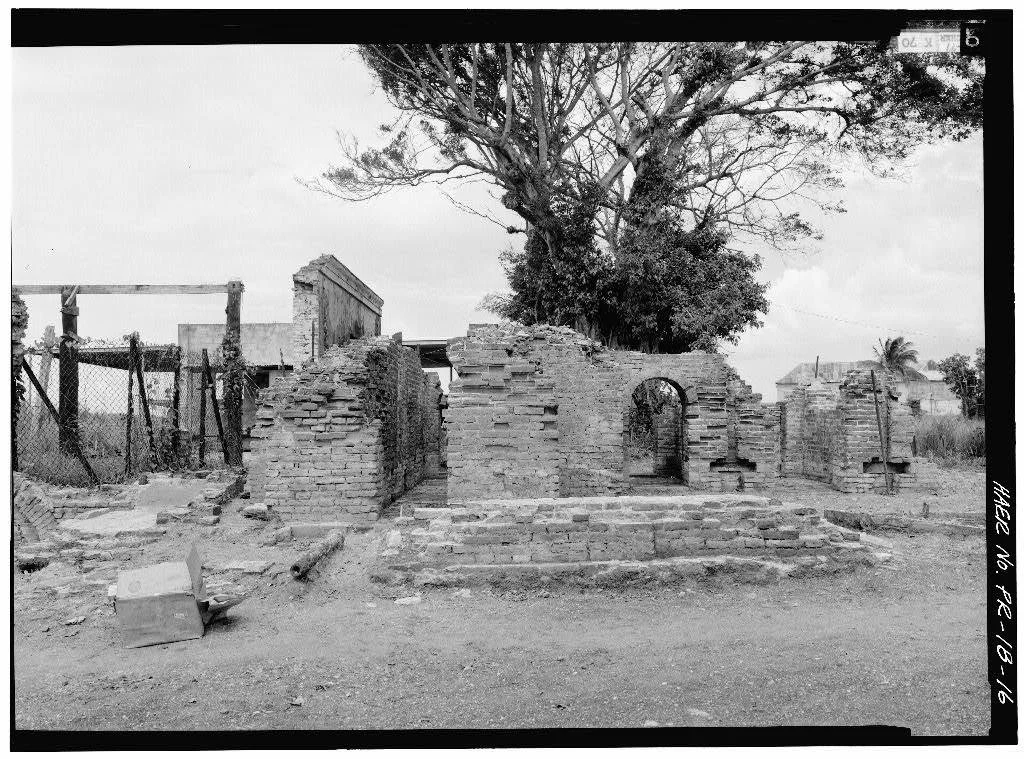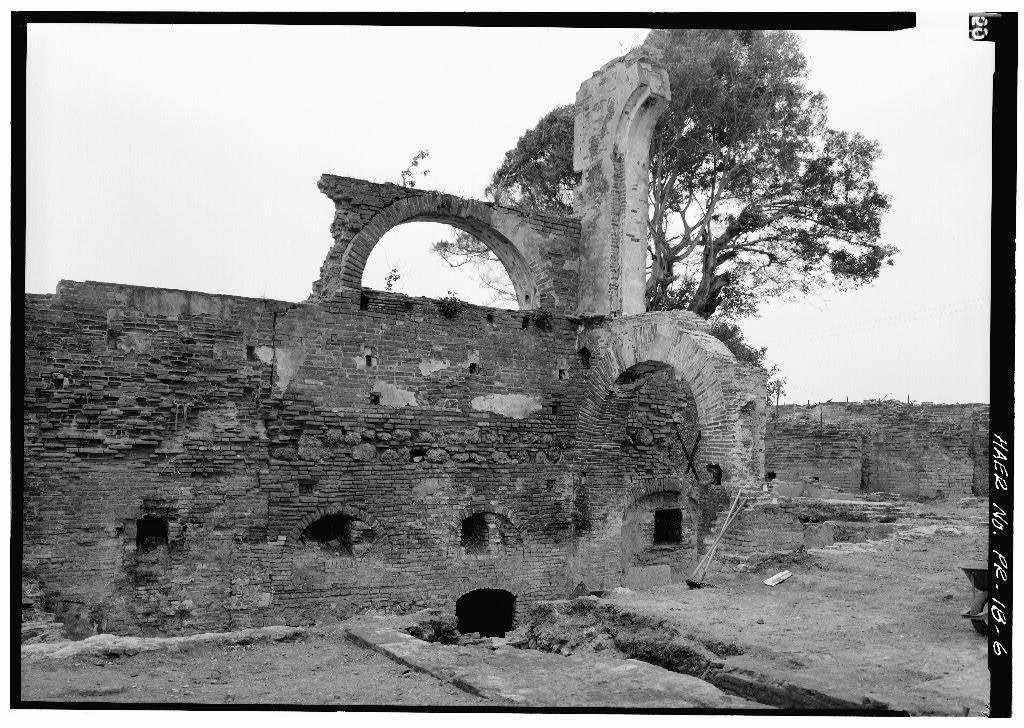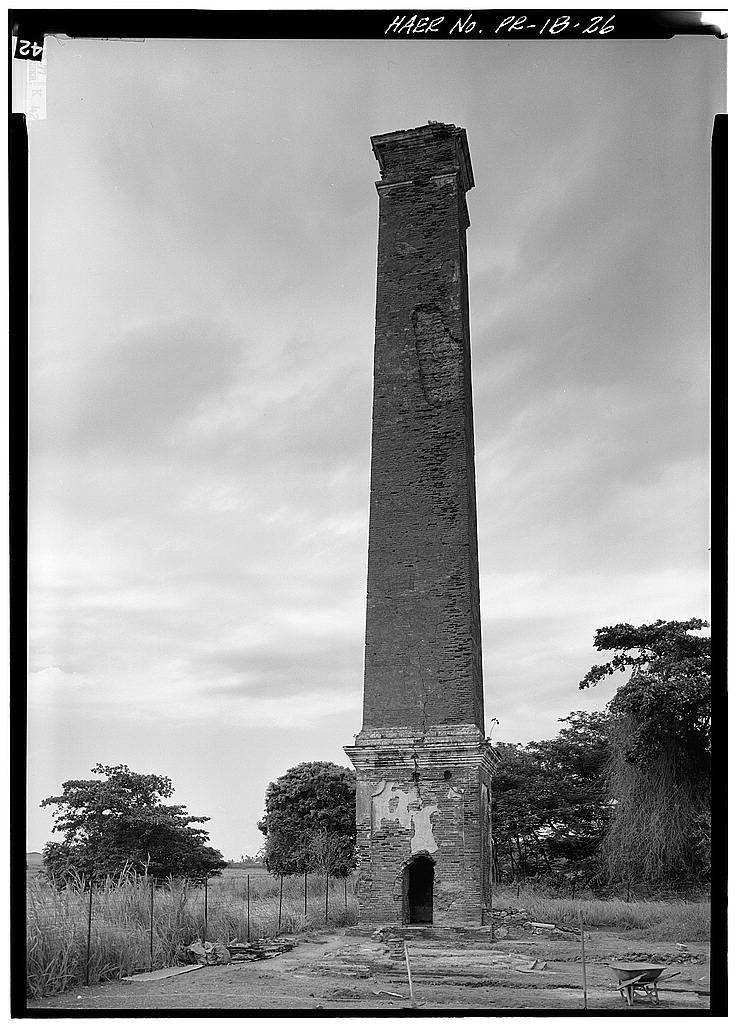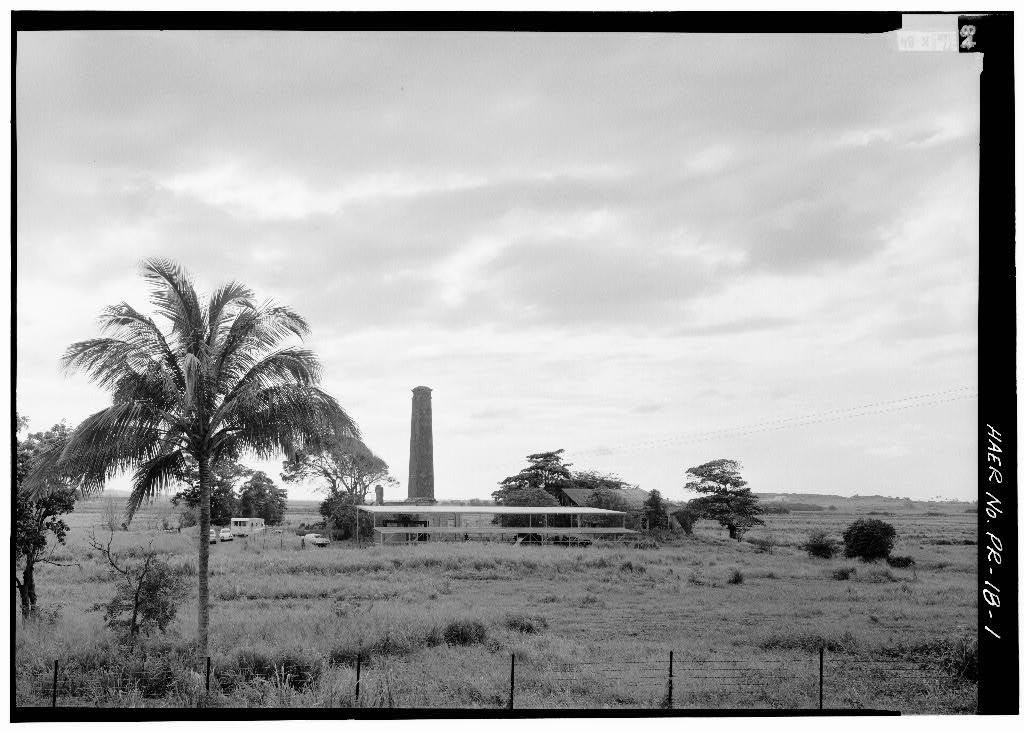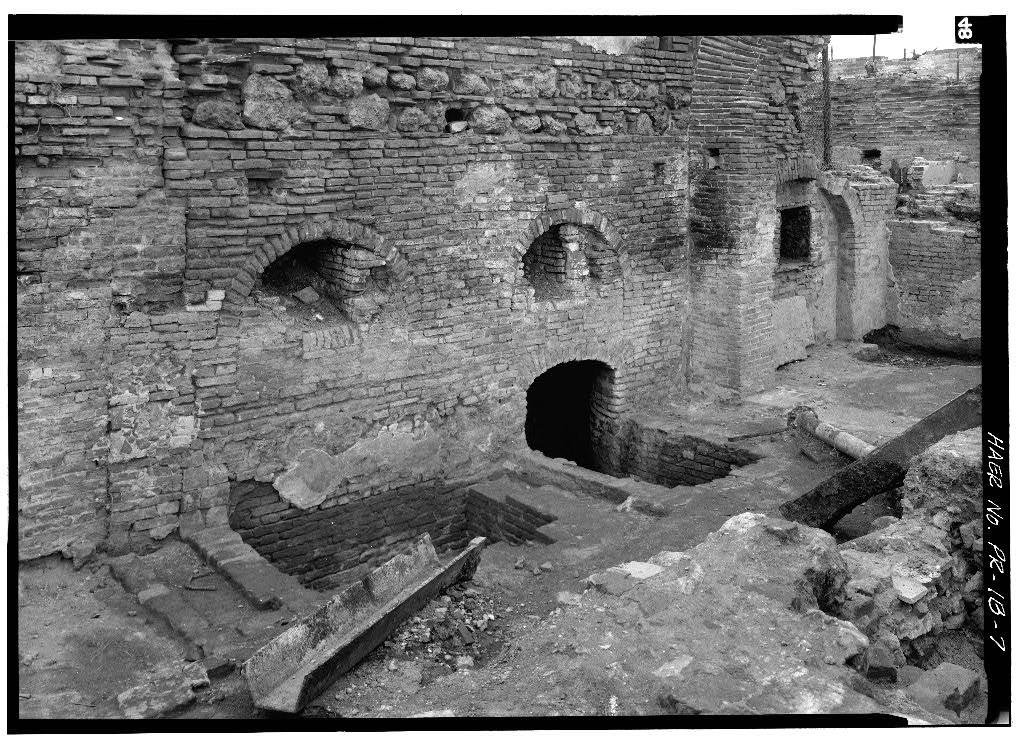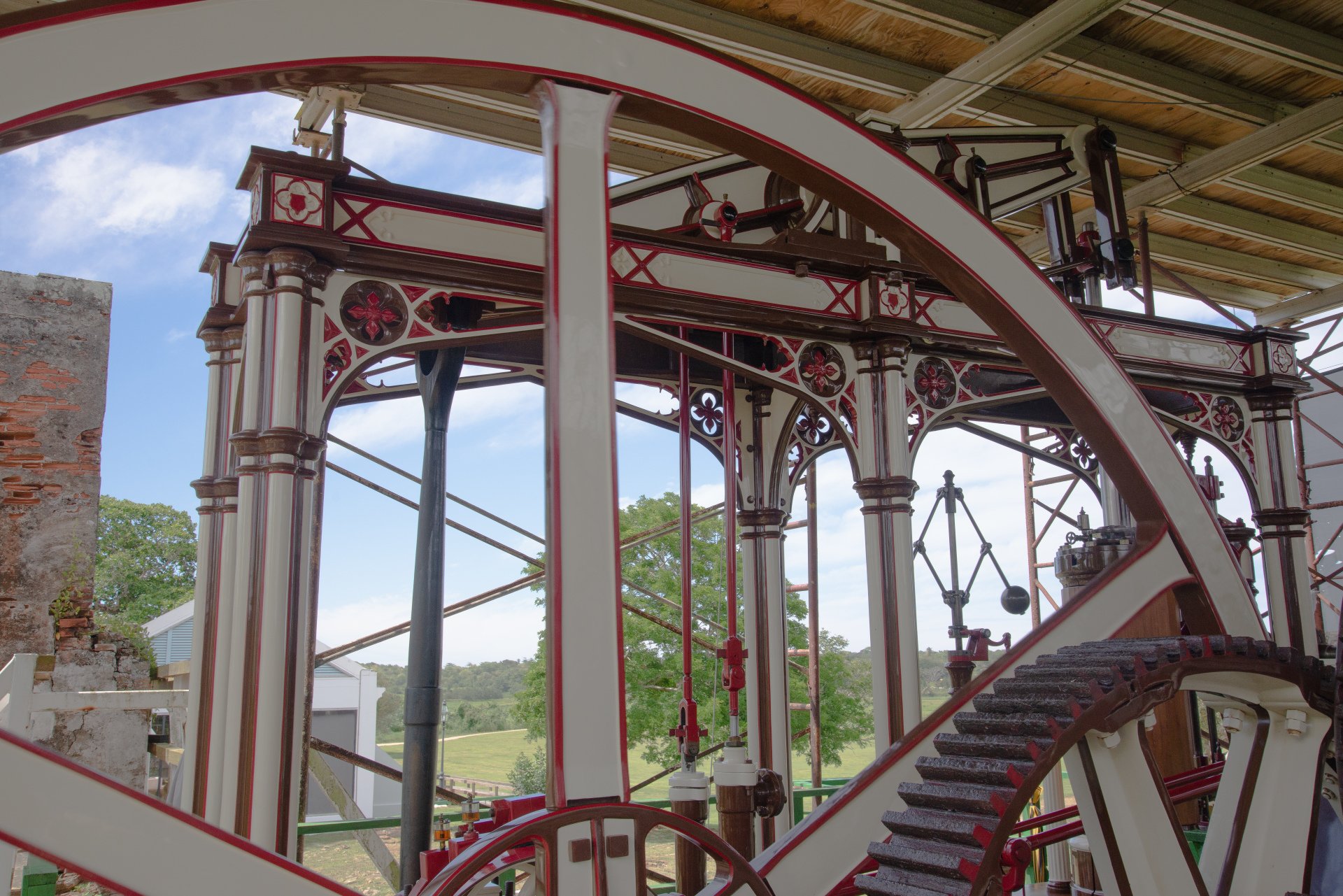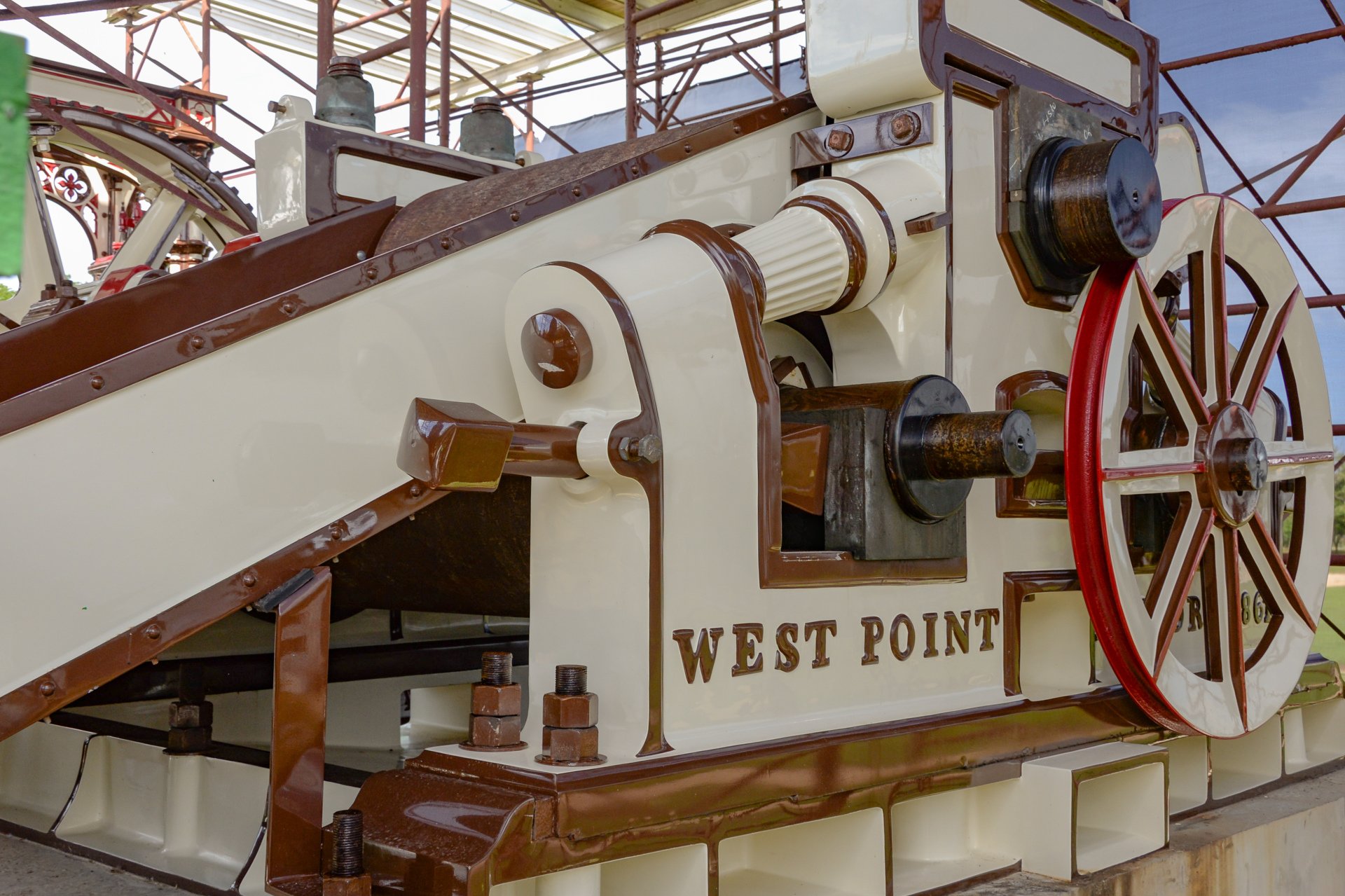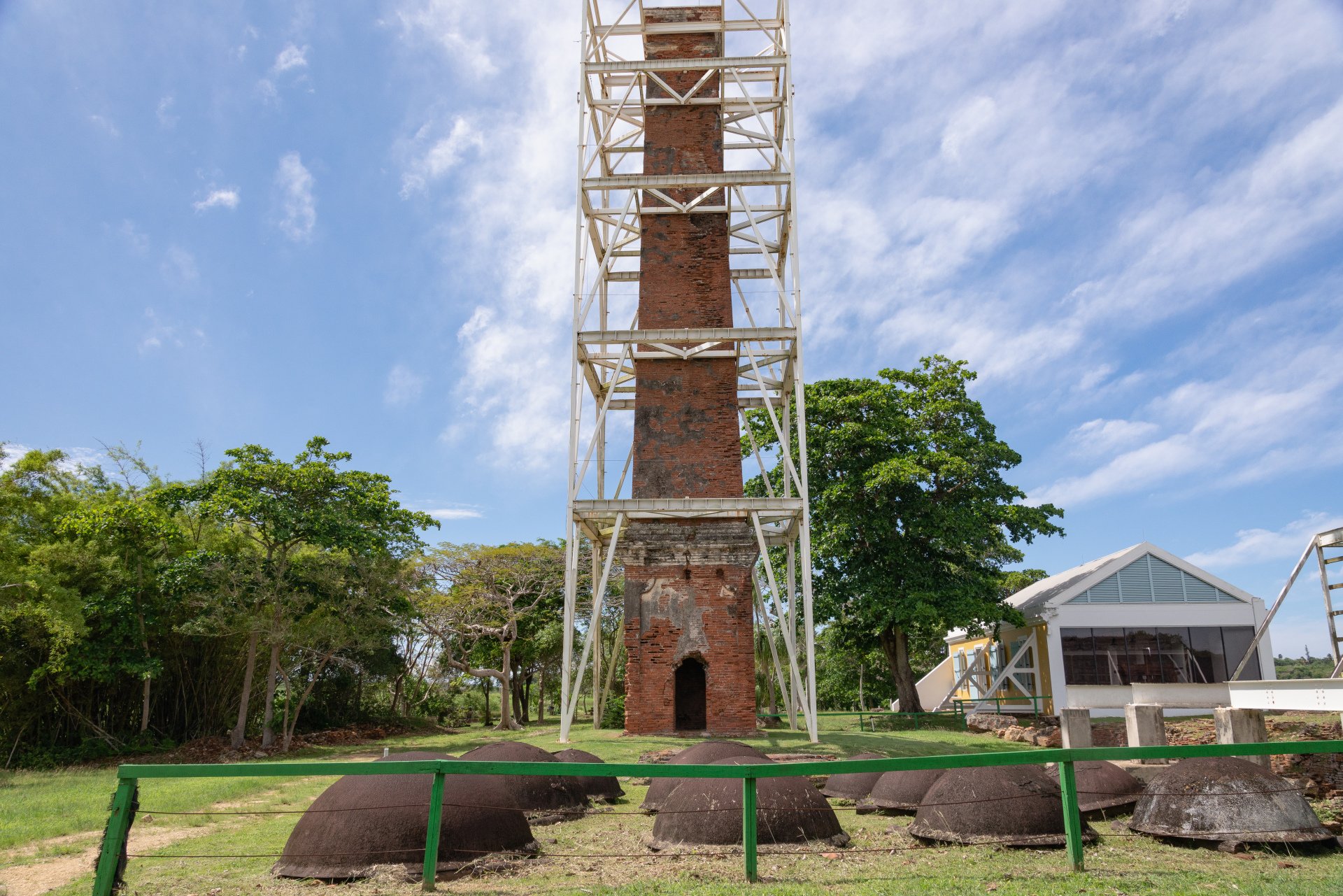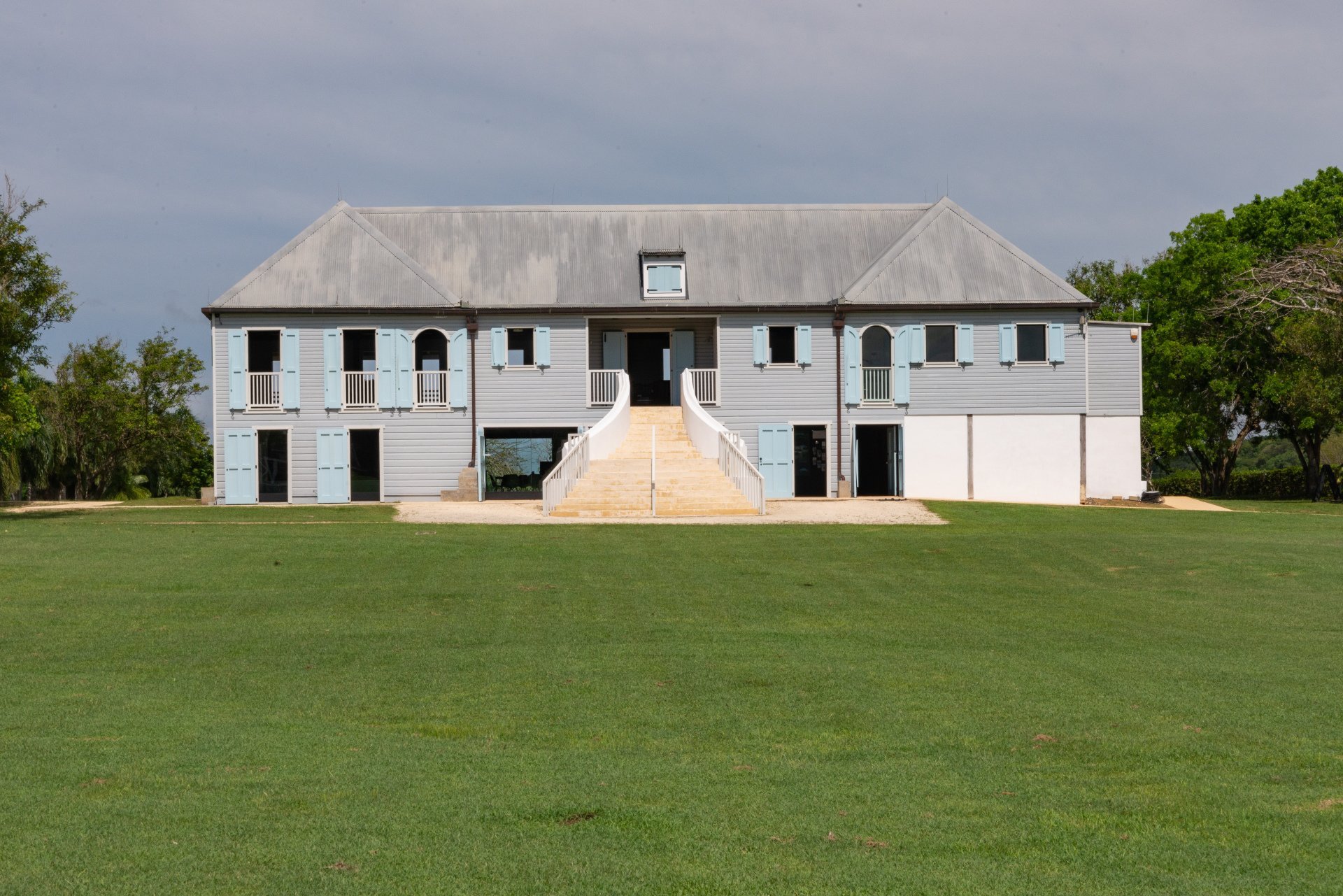
Hacienda La Esperanza
Hacienda La Esperanza was established in the 1830's by Fernando Fernandez, a Spanish Navy Captain born in Santander, who arrived in Puerto Rico in the late 1700s and married Spanish immigrant from Santa Cruz de Tenerife, Canary islands, Francisca Martinez. In the 1850's after Fernando's death, his younger son, Manuel Fernandez Martinez (1807-1873) inherited Hacienda Santa Ana and his eldest son José Ramón Fernandez Martinez (1804-1883) inherited Hacienda La Esperanza and developed it into one of the largest on the island consisting of two thousand two hundred sixty five acres and in doing so becoming one of the wealthiest men of his time. José Ramón, whose distinguished accomplishments earned him the nobility title of Marqués de la Esperanza, was involved in the establishment of Central Canóvanas and in 1877 was the promoter of the first banking institution on the island, the Sociedad Anónima de Crédito Mercantil. He was also involved in politics as the founder of the Partido Incondicional Español and served as Mayor of San Juan and president of its city council. His wife Clemecia Dorado Serrano was the sister-in-law of Sidney Mason owner of Hacienda Unión.
As early as 1841 there was a steam mill installed at Hacienda La Esperanza. It was the first steam mill installed in a sugar factory on the island’s north coast where according to Lizette Cabrera Salcedo in her book De Los Bueyes al Vapor, the sugar factories advanced their technology later than the sugar factories in the south coast. The steam mill installed in 1841 was upgraded in 1861 when a steam engine manufactured by the West Point Foundry allowed a four-fold increase in sugar production, thus increasing the need for laborers. At one point there were over one hundred seventy slaves working at the hacienda, which had over two thousand acres planted with sugarcane.
Before his death in 1883, Jose Ramón had mortgaged La Esperanza to the Colonial Company Ltd. of London who ended up foreclosing on the property and selling it to Wenceslao Borda Rueda (1840-1914). Borda Rueda had other dealings with the Colonial Company Ltd. as detailed in the Central Canovanas page. In 1887 Borda Rueda converted La Esperanza to a cattle farm.
In 1916 the heirs of Wenceslao Borda Rueda and his Cuban born wife of German father Luisa Klugkist Avilés; Carlos, Leopoldo and US Consul in Puerto Rico Wenceslao Borda Klugkist, entered into a twelve year lease agreement of the hacienda with Jaime Calaf Collazo, owner at the time of Central Monserrate. Four months later they established Borda & Calaf to whom Jaime Calaf sub-leased the hacienda. During the twelve years, all the sugarcane grown on the leased land was processed at the nearby Central Plazuela. At the termination of the lease and the dissolution of Borda & Calaf, Jaime Calaf again leased the lands until 1938 and continued to grow sugarcane on it.
The Hacienda and its two thousand plus acres were acquired in 1975 by The Conservation Trust of Puerto Rico, a non-governmental entity. The gallery below includes pictures of the Hacienda from 1968 obtained from the Library of Congress. Comparing those to the more recent pictures taken in 2017, it is easy to see the excellent work done by the Conservation Trust in restoring this property. The Jamaican Train, where the kettles were placed in series from bigger to smaller to "cook" and reduce the cane juice to molasses, can be clearly identified in both sets of pictures as is the "casa de purga" or purge house where the "bocoyes" or hogsheads, large wooden barrels filled with still wet sugar from the last kettle of the Jamaican Train, were let to stand for days to extract by the dripping method the excessive moisture from the muscavado sugar.
The document HACIENDA LA ESPERANZA SUGAR MILL STEAM ENGINE is very good reading containing more about the uniqueness of its steam engine and the history of this sugar factory. The Library of Congress has available a Historic American Engineering Report (HAER Report) that includes specifications and drawings as well as photos by Jack E. Boucher and Fred Guessing.


